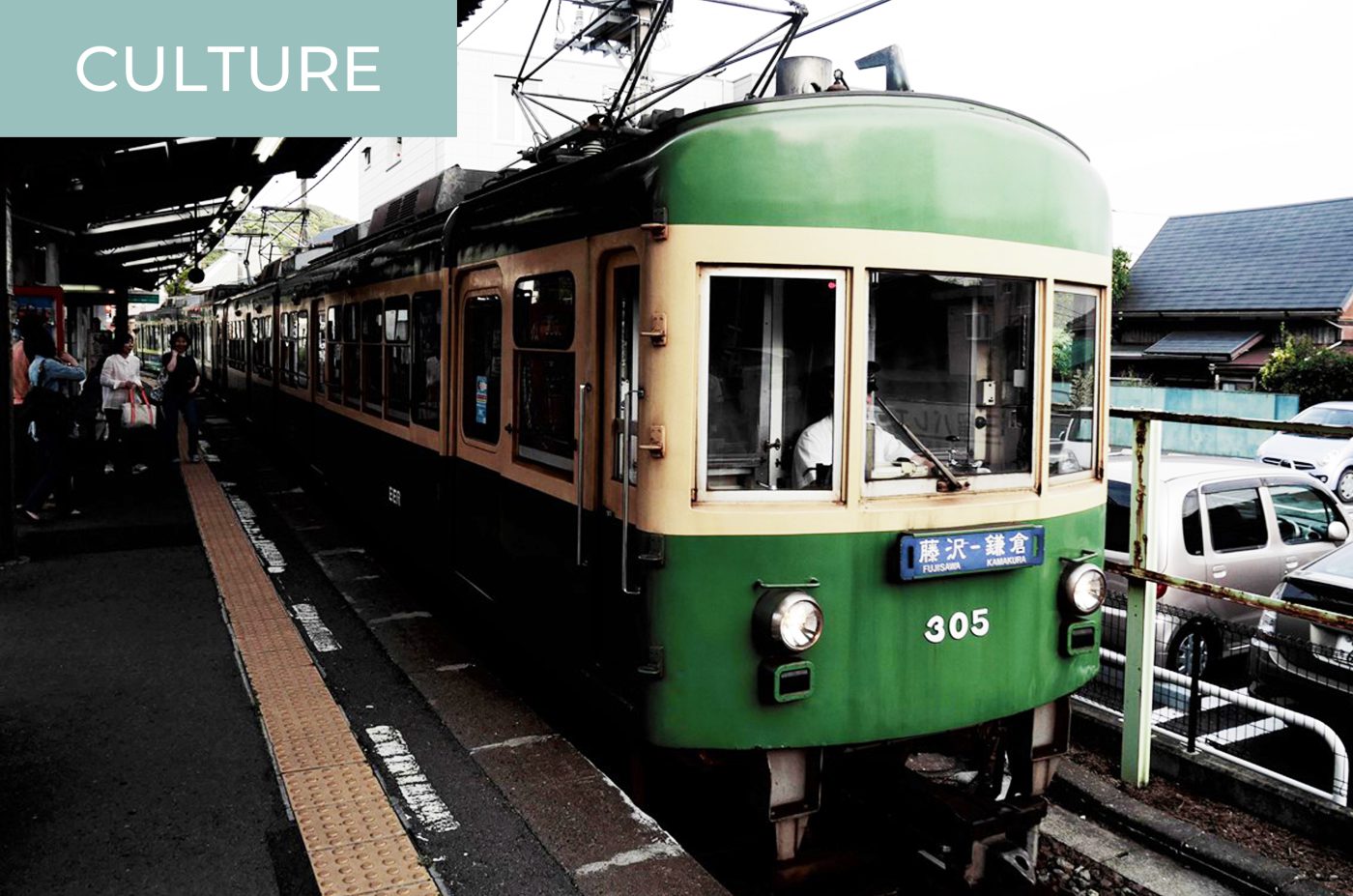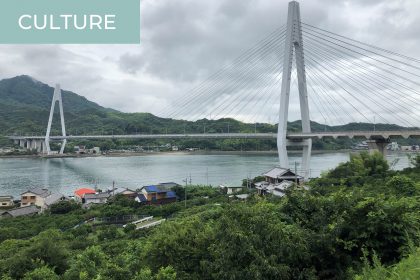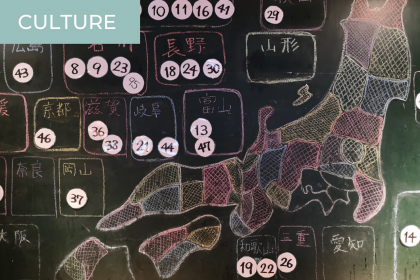As an endless sea of people funnel through long, narrow corridors, the din of marching feet is drowned out only by an endless stream of megaphone announcements. As you approach the ticket gates a new sound permeates the atmosphere—the incessant digital beeps of electronic commuter passes being swiped over sensors. Finally, upon reaching the platform, the train station auditory experience crescendos with the main event: the thunderous sounds of trains barreling in and out of the station. Among this cacophony, there is one seven-second sound that brings order to chaos: the hasha merodi, or “train departure melody.” A softer, calming alternative to a blaring horn or buzzer, a surprising amount of work goes into creating the pre-departure tunes that play at stations throughout Japan. Read on to learn the history behind these melodies and the unexpected amount of thought that goes into creating them.
A Brief History of Train Departure Melodies
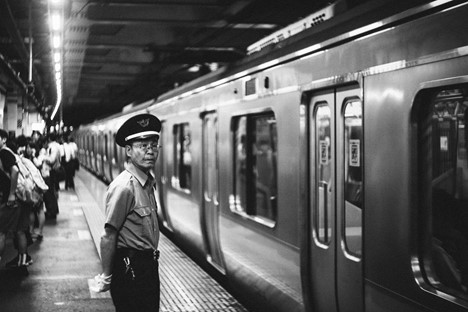
Most English-language sources date the adoption of these tunes to sometime around 1987, when the Japanese railway system was privatized. The private companies that were spawned from this endeavor quickly needed to discover ways to improve service and the overall commuting experience.
However, Japanese-language resources state that the earliest record of train departure music goes back to 1951 when the folk song, Kojo no Tsuki (Moon over the Ruined Castle), was played at Bungo Takeda Station (now JR Bungo Taketa Station), located in Taketa City, Oita Prefecture.
According to a 1999 article in The Wall Street Journal, until the late 1980s, bells announced train arrivals and departures. The switch to train station melodies proved popular among commuters but early tunes were rudimentary, still sounding closer to jarring alarms than soothing music. And thus, the quest to create more pleasant, calming tunes began, bolstering the careers of at least two jazz musicians in the process.
The Wall Street Journal article attributes the initial rise in train departure music quality to jazz musician and composer Takahito Sakurai who, along with his boss, started a dedicated train station music business unit at Teichiku Records.
After winning a contract to create the soundscapes for Kyoto’s main subway line, Sakurai started researching the neighborhoods that surround each station to create locale-specific themes. This project was a hit, and Teichiku Records earned a subsequent contract to create station melodies throughout Tokyo.
Presently, Minoru Mukaiya is the face of the train station music industry. According to The Straits Times, Mukaiya, train enthusiast and former keyboardist for the jazz-fusion band Casiopea, has created over 170 railway jingles as of 2018. Over the years, Mukaiya has developed a dedicated fanbase and has over 38,000 followers on Twitter. A quick scroll through his feed reveals live performance videos and images from book and CD signings—testaments to his popularity.
Mixing the Perfect Melody
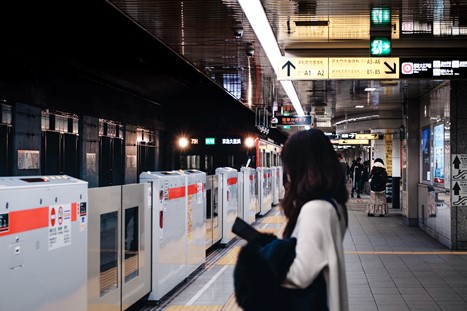
The talent behind Japan’s most popular train departure melodies hints at the complex nature of these precision tunes. The first challenge composers face is the time limit—songs are limited to seven seconds, the window of time railway operators allow for trains to stop, accept passengers, and then depart.
Additionally, railway songs tend to have a psychological component. In his Wall Street Journal interview, Sakurai says, “…the rhythm can’t be so slow as to encourage doddering or so fast as to encourage a stampede. The pace of a human heartbeat is about right.”
According to The Straits Times article, Mukaiya finds musical inspiration in train-route topography. “The rapturous crescendo and rising pitch in Shibuya station’s departure song, on the other hand, is a nod to the train’s uphill journey to the next platform.“
Some departure melodies are famous tunes, rooted in a particular station’s history. One of the most famous examples can be heard at Tokyo’s Takadanobaba Station, where the theme from Astro Boy plays in a tribute to the character’s birthplace.
Occasionally, home-grown train melodies take a back seat to corporate marketing. Disney and Square-Enix have collaborated with rail operators to play departure tunes from their Star Wars and Dragon Quest brands respectively.
More than Music
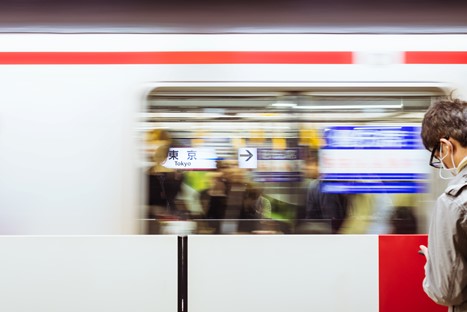
Honestly, I never gave train station melodies much thought until I started working on this article. As a foreign resident in Japan, my life is filled with mysteries and curiosities. Over the years, I had dismissed these melodies as yet another quirk and focused my attention on what I thought were greater mysteries.
However, working on this article made me consider the millions of people who are exposed to train departure music every day, whether they like it or not. After all, Japan is home to 44 of the top 50 busiest train stations in the world. Considering the sheer numbers of people shuttled about the country on rails, day in and day out, it makes sense that small jingles have become a big deal. So, the next time you board a train, listen carefully to the melody that you hear and see if you can detect something more substantial among its chords.

